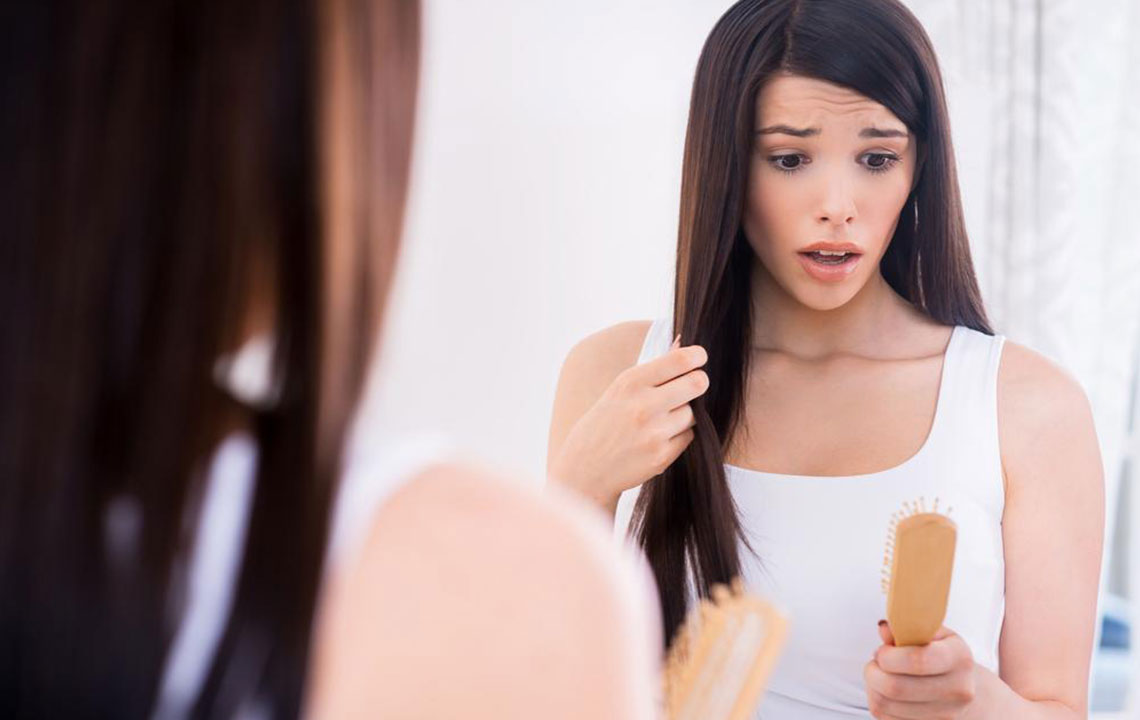Everything You Need to Know About Women Hair Loss Treatments

Hair loss is caused as a result of various problems with genetics or even the onset of diseases or infections. However the good news is that there are a number of women hair loss treatments available in order to help in the improvement of hair growth in the patients.
Excessive hair loss, especially for women is definitely the most frustrating and depressing of all things as often women’s hair is considered to be their best asset that adds to their beauty. There are different types of hair loss that occurs among women that include a gradual thinning of hair to going bald completely. Hair loss in women is caused because of some genetic problem, excessive levels of stress, any medical condition or even due to severe medical treatment.
Female pattern hair loss (FPHL) is the most common type of hair loss found in women across the globe. This illness is caused among women that are diagnosed with androgenetic alopecia, a condition where women experience diffused thinning of hair in most parts of the scalp. In this type of hair loss, some women may also encounter diffused thinning of hair in combination with distinctive patterns of baldness as well. The following are various women hair loss treatments that are recommended to reduce hair loss, increase the strength of the scalp and promote healthy growth of hair.
- Minoxidil
Minoxidil in pills or drugs was used earlier as an antihypertensive medication to treat high blood pressure. It was later observed that the intake of minoxidil pills caused patients to experience a side effect which involved excessive hair growth (hypertrichosis) which led to the discovery of its obvious use. Many women experienced a significant amount of thick hair growth, and gradual reduction in balding due to the use of minoxidil medication. Provided that the medication is continued, this type of women hair loss treatment can help in stimulating the scalp that promotes re-growth of hair.
- Estrogen
This type of women hair loss treatment is also called as hormone replacement therapy (HRT). This medication, to be used in the form of several prescription pills and creams, is often recommended to women who are in menopause as it helps in the women hair loss treatment like androgenetic alopecia. It works by increasing the level of estrogen or progesterone that is reduced in the body due to some other factors.
- Hair transplant
Hair transplant is a women hair loss treatment where thicker healthy hair is removed from certain areas of the scalp and placed in the areas which are balding. Removal of the hair may cause a certain amount of scarring in the scalp, and also pose a slight risk of the patient having a skin infection in that area. In general, more than one session of hair transplant is required. Though it is an expensive process, the results are very effective and last for a lifetime.
- Cimetidine
This type of women hair loss treatment was earlier used to cure gastrointestinal ulcers. It helps in blocking histamine to prevent the stomach from producing a large amount of acids, which results in the ulcer healing. This women hair loss treatment blocks dihydrotestosterone from binding to the follicle receptors (network of hair plexus). Cimetidine medicines are sold under the brand name of Tagamet.
- Ketoconazole
Prescription of ketoconazole is generally advised for the treatment of fungal infections. However it helps in reducing the production of testosterone and androgens produced by the reproductive organs.
- Cyproterone acetate
Pills of cyproterone acetate are used to control and reduce extreme sex drives, and in order to treat abnormal sexual aggressiveness in men. This is a women hair loss treatment that is also recommended to women suffering from severe hirsutism, who are around the age of bearing children. Cyproterone acetate is useful for women diagnosed with androgenic alopecia. This type of women hair loss treatment comes under the category of androgen-receptor inhibitors.
- Oral contraceptives
Contraceptive pills reduce the production of ovarian androgens, and hence can be used to treat androgenetic alopecia in women. This needs to be a conscious decision that can be taken with the help of the doctor as there are chances that the patient may suffer from blood clotting in certain areas along with other side effects.
It is important for women to understand that apart from following women hair loss treatments, it is also necessary to maintain a balanced diet that can help promote hair growth and a healthy confident lifestyle.


